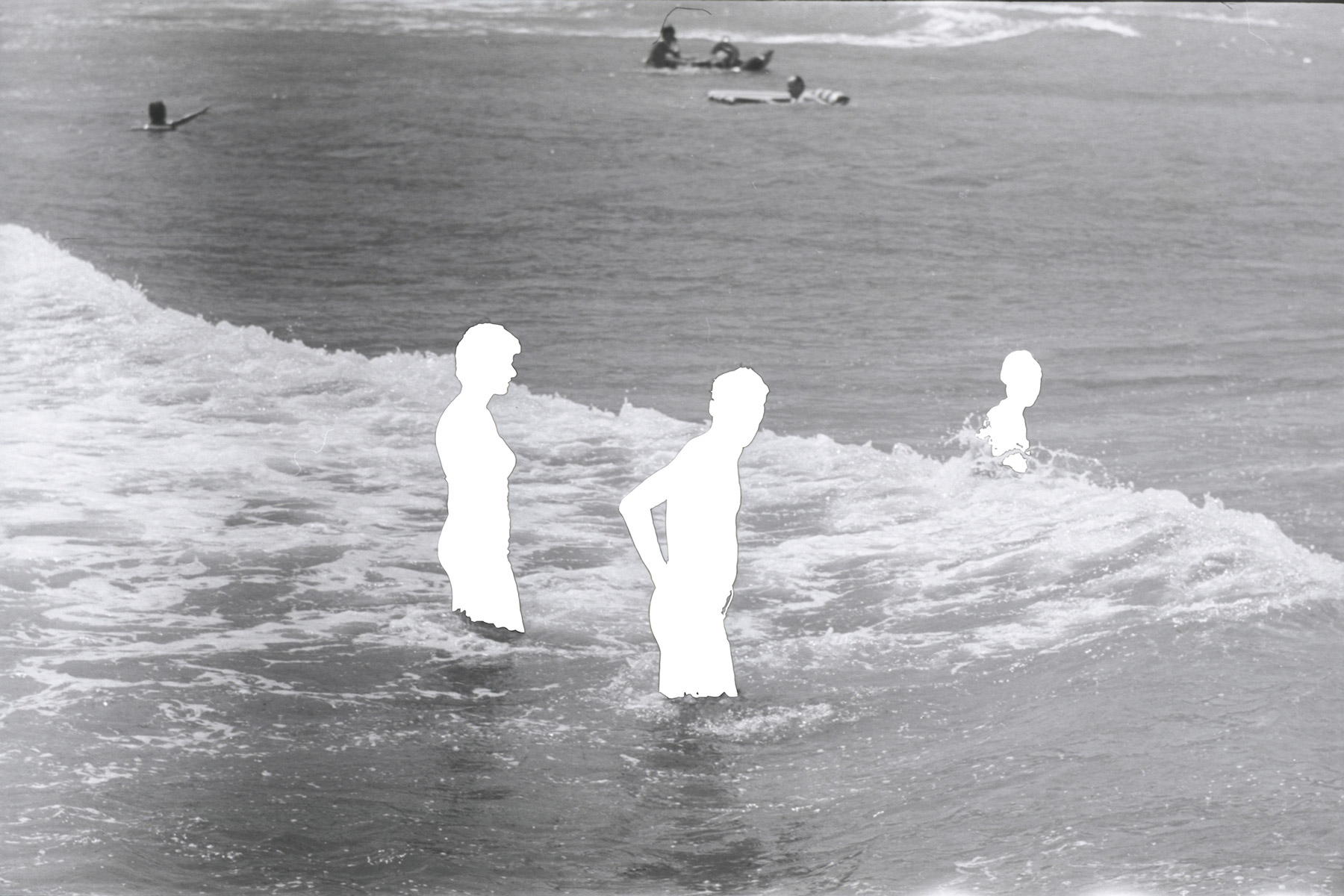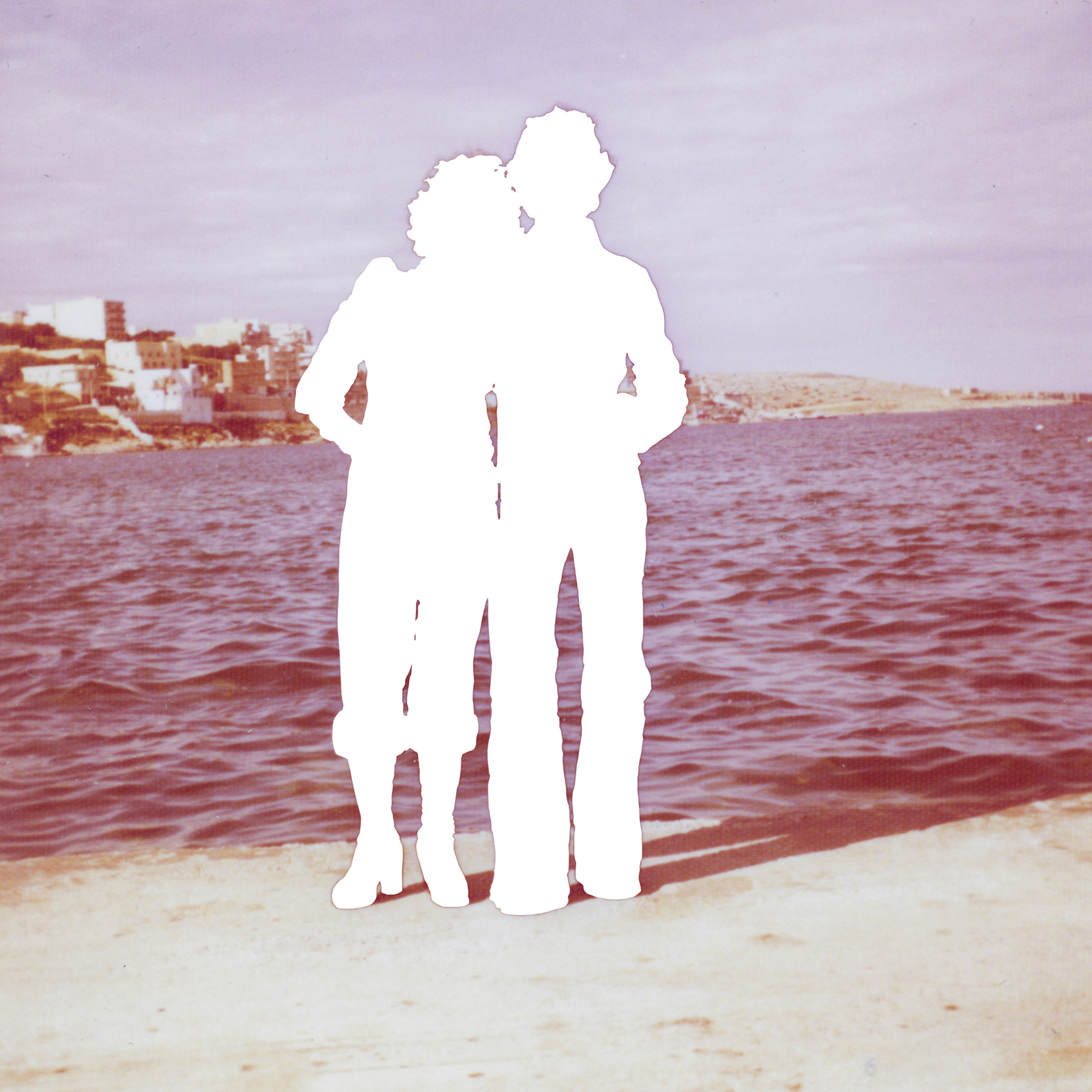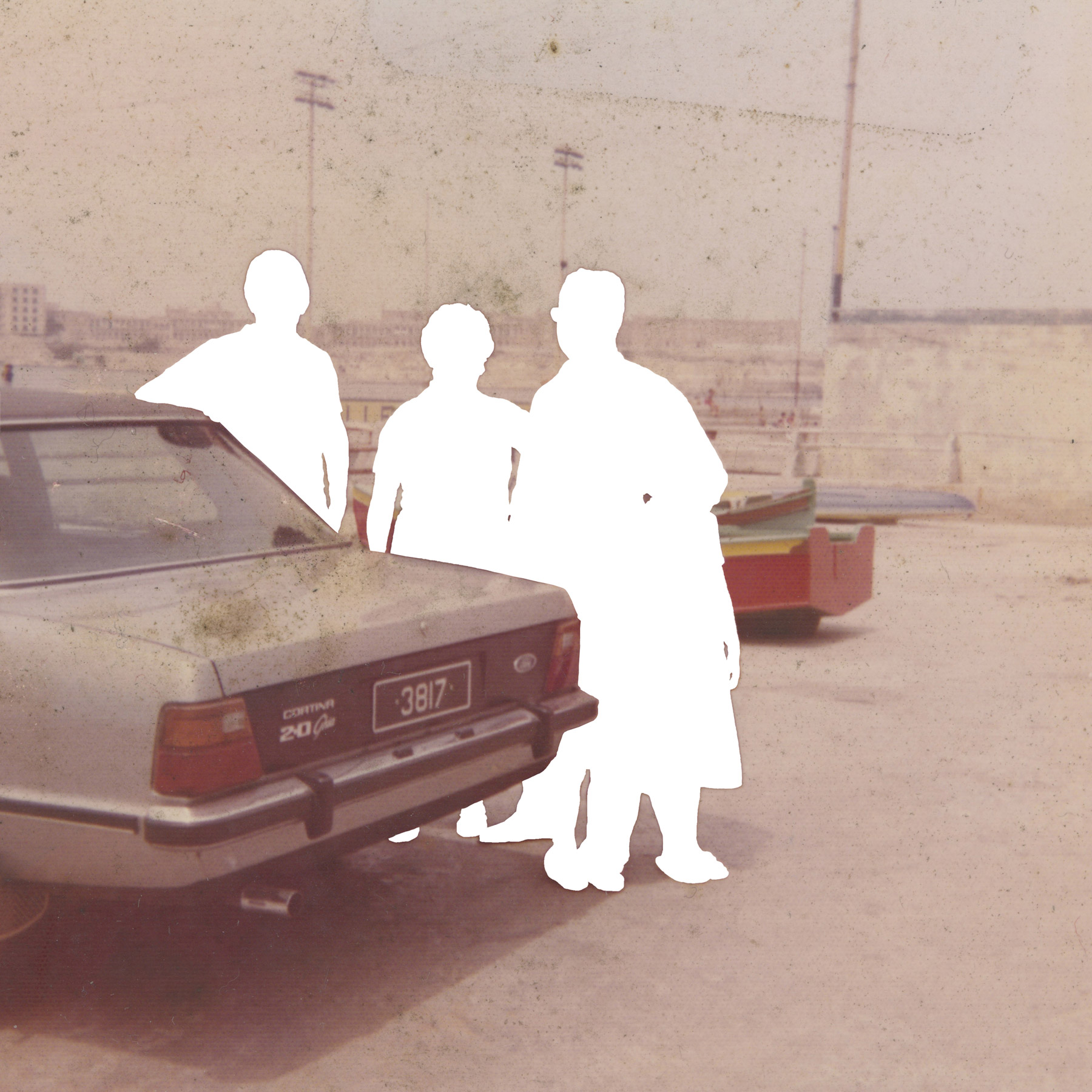Fabian Albertini
Controlled Lives
Investigates the social transformation, the irreversible mutation that artificial intelligence with facial biometry is bringing into our lives, a true phenomenon of social revolution, transformation of our privacy and our habits. Unlike other cataloging technologies [such as fingerprints], facial recognition allows to identify a person through biometric analysis and digital processing of the face, and can be used to identify more people at a time, at a distance without the awareness of the individual and, thanks to infrared, is able to work even in the dark. As a result, if used without limits, facial recognition allows the unprecedented and unaware surveillance of people who live quietly their daily lives and private lives. In addition to the loss of privacy, the rules of modern technology require that we are constantly visible: social networks, initially developed as communication platforms, come to define the standards of daily activity and lifestyle, with the promise to serve as tools for self-promotion.If that was not enough, facial recognition software has the ability to categorize people based on a variety of characteristics and behaviors, including race and gender and also our mood, [an analysis is also done of facial reaction]. In september 2017, two researchers at Stanford University published a research: using more than 30 000 images taken from a dating site, scientists have trained a facial recognition system to identify a person’s sexual orientation from the characteristics of his or her face.The Chinese state is setting up a vast ranking system that will monitor the behaviour of its enormous population, and rank them all based on their “social credit.” The program is due to be fully operational by 2020, but is being piloted for millions of people already. The scheme is mandatory.Dubai International Airport at the end of 2018, instead of waiting in line for security kiosks or e-gates, passengers will be able to walk through a virtual aquarium tunnel in which 80 in-built cameras will scan their faces. The role of the fish? To capture the passengers’ attention – and thus their biometrics. The photographs are intended to make the viewer reflect on the change taking place and the social impact it has on our lives. We have a way of changing our behavior to protect our privacy from daily surveillance? Perhaps all that remains is to mask, transform or hide our identity, as in ancient times, when it was used as a form of protection. The past that comes back, through new technologies, this data base system will be so different from the tools used by Cesare Lombroso? Facial biometrics = Physiognomy
Bio
Fabian Albertini (b.1965) is an Italian artist based between Reggio Emilia and Rio de Janeiro. Albertini is guided by her interests in perception, movement, the relationship between man and environment through dialogues between art and spirituality. Combining photography, installation and overpainted photographs, her projects often show fieldwork in remote locations – such as deserts, volcanos and rainforest. In her early work she has explored the complex of consciousness creating performances interpreted by contemporary dancers inside the environment, publishing five books on this theme from 2000 to 2010.
Images subject to copyright.




